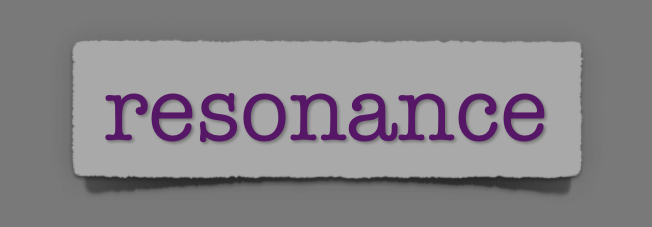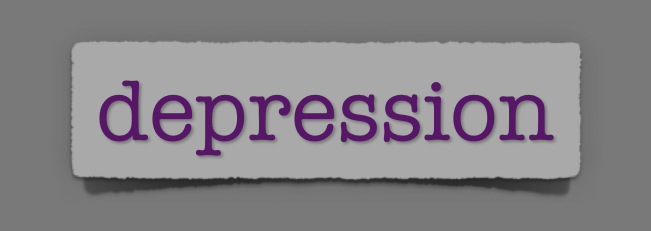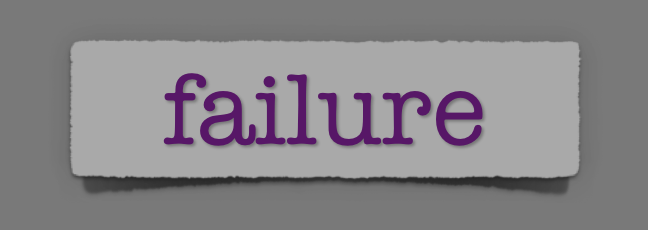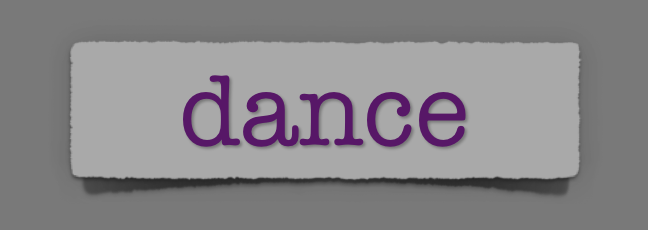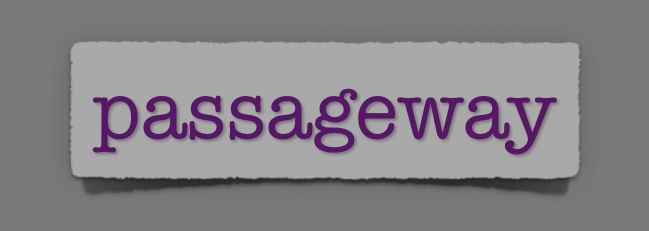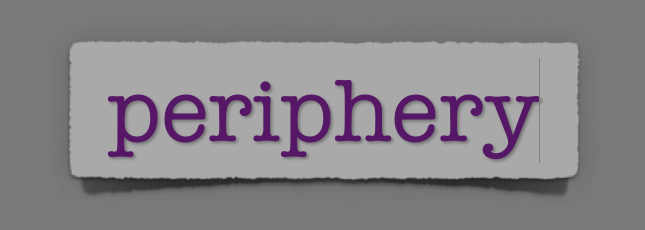I look forward to April 1 for a far geekier reason than pulling pranks: it is the beginning of National 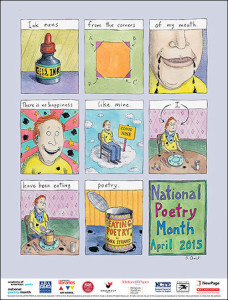 Poetry Month. As life would have it, today felt like a poem, full of words and imagery and resonance, which was the word that kept coming to mind. Ginger and I had a lunch date at a new restaurant called Kokyu Na’ Mean that belongs to Flip, one of the most creative chefs I know and who now has two food trucks and a restaurant that are all killing it. I spent some time at Cocoa Cinnamon with another friend and world-class donut and bagel maker, Rob , dreaming out loud (more about that soon) and then walked over to Fullsteam where the Pie Pushers truck was set up for the night celebrating their fourth birthday as a food truck. Becky and Mike have done an amazing job bringing their dream to life and make awesome pizza. And wings. And breakfast pockets. And biscuits. Then I went into Fullsteam because I ran into another friend, Doug, who is worth sitting down with any time I get the chance. The day was filled with metaphors and images, with rhythm and even a little rhyme. A poem.
Poetry Month. As life would have it, today felt like a poem, full of words and imagery and resonance, which was the word that kept coming to mind. Ginger and I had a lunch date at a new restaurant called Kokyu Na’ Mean that belongs to Flip, one of the most creative chefs I know and who now has two food trucks and a restaurant that are all killing it. I spent some time at Cocoa Cinnamon with another friend and world-class donut and bagel maker, Rob , dreaming out loud (more about that soon) and then walked over to Fullsteam where the Pie Pushers truck was set up for the night celebrating their fourth birthday as a food truck. Becky and Mike have done an amazing job bringing their dream to life and make awesome pizza. And wings. And breakfast pockets. And biscuits. Then I went into Fullsteam because I ran into another friend, Doug, who is worth sitting down with any time I get the chance. The day was filled with metaphors and images, with rhythm and even a little rhyme. A poem.
Resonance. When I hear the word, I think of what it feels like to sing in our church sanctuary, which is mostly brick and wood and glass. The notes fill up the room and, when I’m singing well, make my lungs feel expansive, as though I’m breathing in the whole place and feeling the vibrations of brick and beam in my very bones. The dictionary gives two definitions that come close:
- the quality in a sound of being deep, full, and reverberating;
- the reinforcement or prolongation of sound by reflection from a surface or by the synchronous vibration of a neighboring object.
The synchronous vibration of a neighbor. That’s what I felt today and it was deep and full, and it felt like reinforcement. Resonance.
I’ve returned lately to a poem that has resonated with me for many years, going back to my days as a high school English teacher, and it’s one I have quoted in previous posts. On this first day of National Poetry Month, I am feeling its reverberation, even as I think about the people I got to hang out with today. The poem was written by Naomi Shihab Nye, who lives in San Antonio. I hope one day I get to sit down for a coffee or a meal with her.
Famous
The river is famous to the fish.
The loud voice is famous to silence,
which knew it would inherit the earth
before anybody said so.The cat sleeping on the fence is famous to the birds
watching him from the birdhouse.The tear is famous, briefly, to the cheek.
The idea you carry close to your bosom
is famous to your bosom.The boot is famous to the earth,
more famous than the dress shoe,
which is famous only to floors.The bent photograph is famous to the one who carries it
and not at all famous to the one who is pictured.I want to be famous to shuffling men
who smile while crossing streets,
sticky children in grocery lines,
famous as the one who smiled back.I want to be famous in the way a pulley is famous,
or a buttonhole, not because it did anything spectacular,
but because it never forgot what it could do.
I’m thankful for those who are famous to me and who made today a poem—deep, full, and reverberating.
Peace,
Milton
